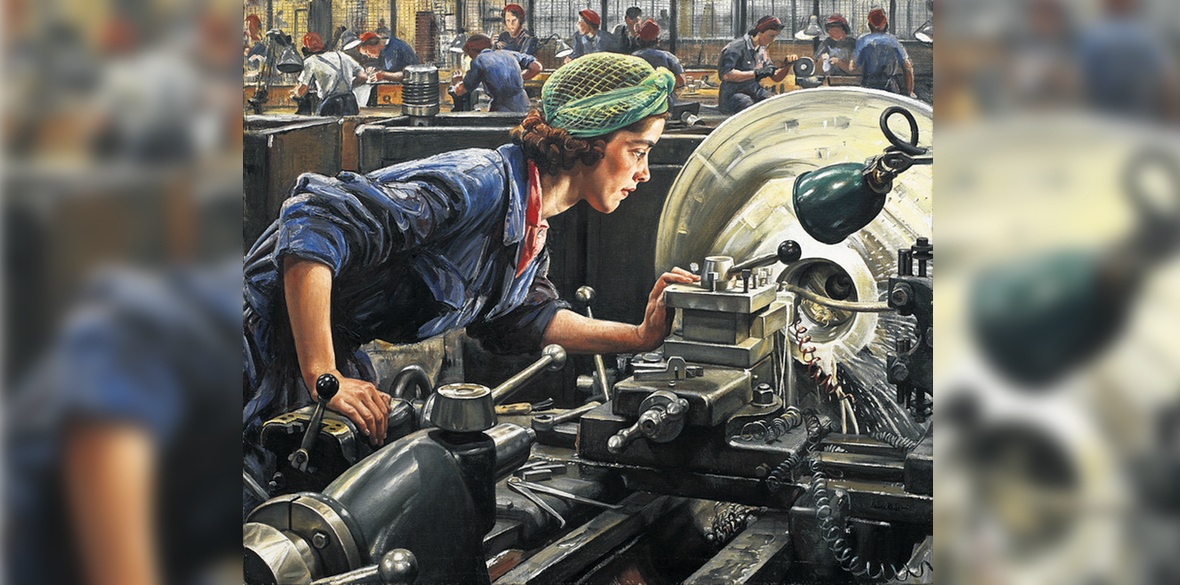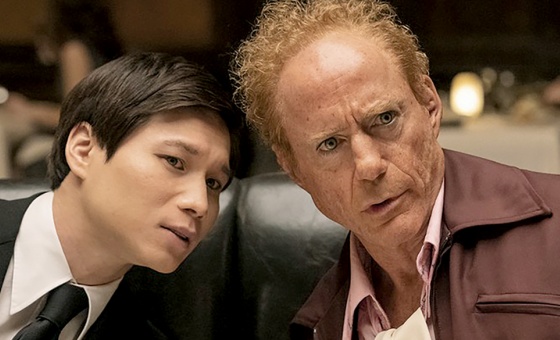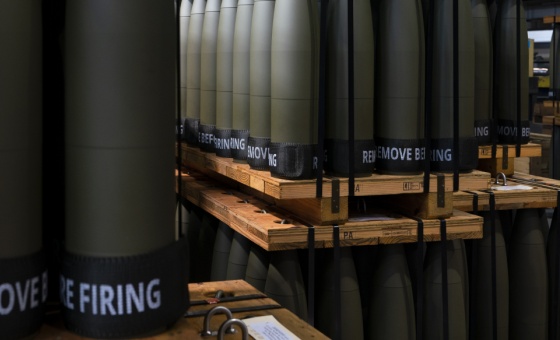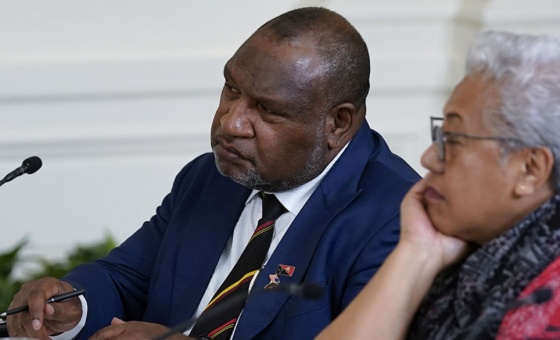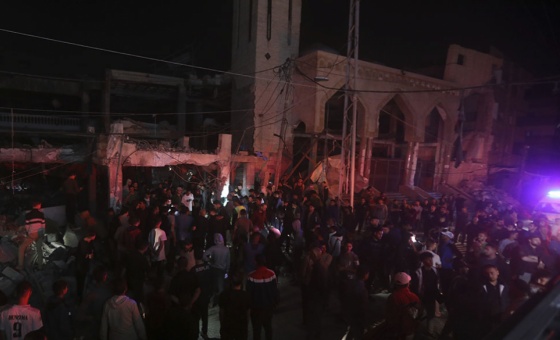This is the last article you can read this month
You can read more article this month
You can read more articles this month
Sorry your limit is up for this month
Reset on:
Please help support the Morning Star by subscribing here
SOCIALLY and politically, the impact of the 1917 Bolshevik revolution and creation of the USSR cannot be overestimated. Yet the impact of Soviet art on its British counterpart in the inter-war years and beyond has been undervalued for, while it directly inspired only a minority of British artists and was disparaged by many, the aesthetic and social issues it raised still provoke much debate in art circles.
Initially, Bolshevik experiments such as El Lissitsky and Lyubov Popova’s abstractions made little impact on the rather insular 1920s British art world. But in the early 1930s, avant-garde artists Barbara Hepworth and Ben Nicholson were obliquely influenced by Soviet abstraction through their membership of the international Abstraction-Creation Group which included Soviet artists.
Yet some socially committed artists were troubled by the international avant-garde’s focus on formal innovations, which they saw as individualist elitism which ignored artists’ social responsibility.
They were also appalled by Britain’s mass unemployment and dire social inequalities which contrasted unfavourably with the new worker state’s socio-political achievements. In the early 1930s a few including Cliff Rowe, Betty Rea, Misha Black and Pearl Binder set off for the USSR to see for themselves.
They discovered a dynamic and pluralist art world, where some Marxist artists energetically opposed their own avant-garde’s obscure “abstract concoctions.” Arguing for an accessible, forward-looking art, in 1922 they founded the influential Association of Artists for Revolutionary Russia (AKhRR).
Its realist art celebrated working-class achievements through depictions of contemporary Soviet life in its revolutionary development. Precursors of the method of socialist realism adopted in 1934, their styles ranged from Isaak Brodsky’s precise realism to Alexandr Deineka’s and Kusma Petrov-Vodkin’s moderate absorption of modernism, all of which were readily understandable.
Some British artists had reservations about the styles of Soviet art but all were impressed by Soviet cultural policies. Unlike capitalist societies, which cast artists as individualist outsiders competing for inadequate patronage, the USSR integrated art and artists into society.
It democratised access to art and art education and promoted state patronage, including of public art such as murals, sculpture and illustration and it encouraged artists’ organisations. Unlike in depression-hit Britain, illustration and design work was plentiful in aid of public information and literacy campaigns and international artists were welcomed. The communist Rowe and the socialist Binder were among those who stayed on to work there.
In 1933 Rowe returned to Britain, believing the political struggle to be more urgent here. That year, partly inspired by Soviet artists’ organisations, he initiated the formation of the Artists International (AI), an artists’ collective aiming to spread Marxism and oppose war on the Soviet Union, fascism and colonial oppression.
It fostered working-class politicisation through the public arts of banners, posters, leaflets and illustrations in left-wing publications and democratised access to art through meetings and exhibitions pointedly held in proletarian districts where the middle class feared to tread.
In 1935, it widened membership by tempering its Marxist outlook and renaming itself the Artists International Association (AIA). Yet it retained socialist policies and grew rapidly during the Spanish civil war from 1936 to 1939, which galvanised progressive artists into supporting anti-fascism.
The AIA blossomed during WWII, when state policies to create social cohesion included popularising the arts and these were partially coloured by Soviet-inspired AI and AIA ideals. Thus the influential government organisation the War Artists’ Advisory Committee (WAAC) commissioned highly realist patriotic works including Laura Knight’s Ruby Loftus Screwing a Breech-ring of 1943, which could well be mistaken for a Soviet painting.
The wartime Anglo-Soviet Alliance prompted much British interest in the USSR. There were publications and exhibitions about its art and even normally snooty critics reviewed these relatively sympathetically.
Yet many British artists, including socially committed ones, were bemused by Soviet art’s aesthetic conservatism. This was partly due to the Soviet wartime art establishment favouring narrow interpretations of socialist realism like Serafima Riangina’s 1934 painting Higher Ever Higher, prints of which were sold and reproduced in Britain.
In 1942, the rather patronising tone of Edward Carter’s earnest but embarrassed defence of it in the pro-Soviet Anglo-Soviet Journal implied that he too was baffled.
The cultural cold war killed hopes of the continuation of a socially inclusive British art. The dominant aesthetic now demonised Soviet socialist realism as old-fashioned, retrogressive and lacking in artistic freedom.
It was contrasted with Western abstraction’s freedom of expression which now triumphed at the pinnacle of a stylistic hierarchy, at whose base languished all forms of realism, tainted through association with Soviet art.
Ironically, the art establishment now adopted Bolshevik abstraction as a precursor in its narrative of “international” abstraction but stripped it of its original social intentions. Yet a small minority of courageous British socially committed realists such as Rowe carried on regardless.
This is an abridged version of an article originally published in the Society for Co-operation in Soviet and Russian Studies Digest No. 3. Autumn 2018. Christine Lindey is the author of Art for All: British Socially Committed Art from the 1930s to the Cold War, available from Artery Publications, arterypublications.co.uk

